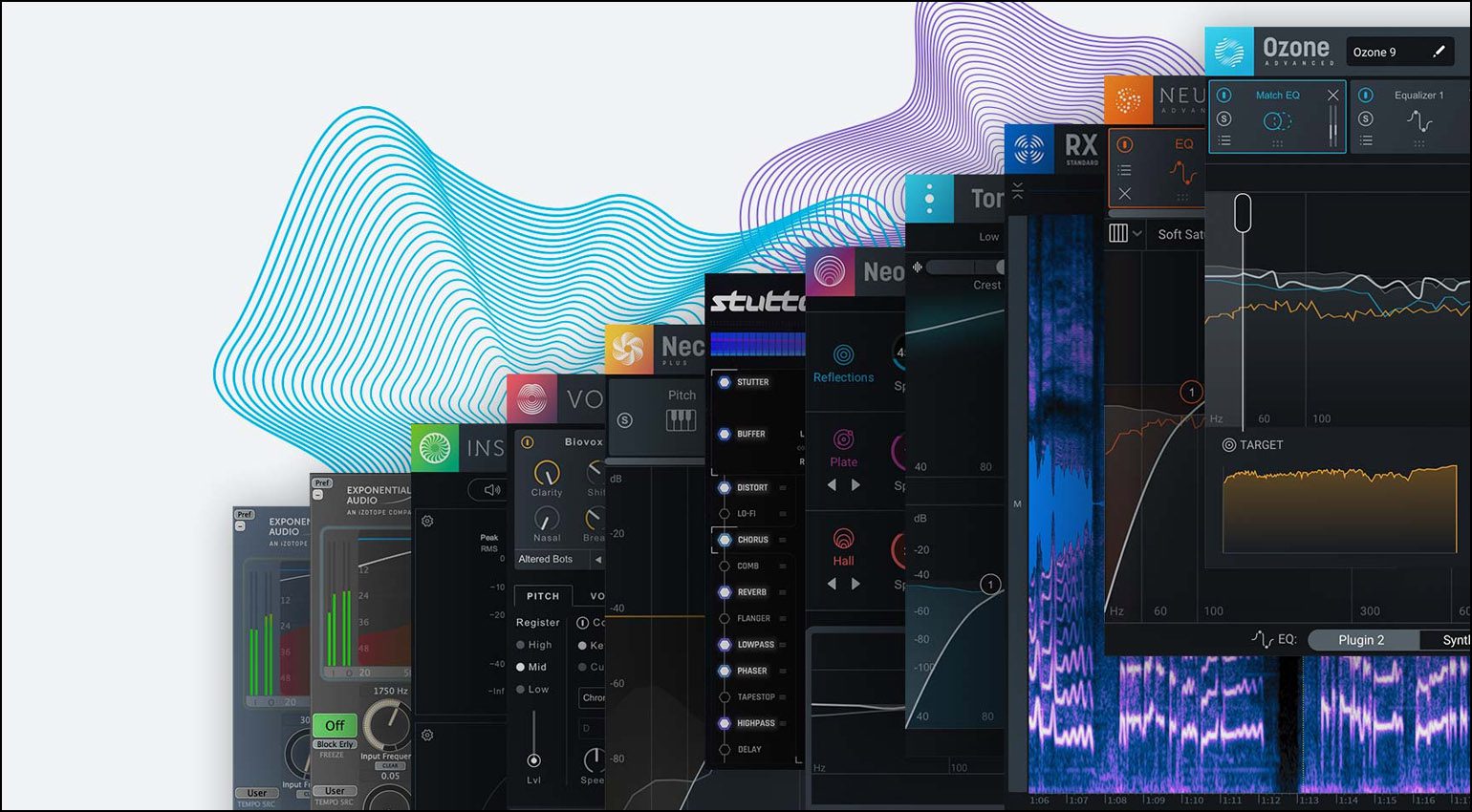
When you hit “Go,” it goes through seven of its steps, including vocal signal strength, pitch, overall EQ, detection of sibilants, and other processes. When you set the desired styles, the smart Assistant does its magic. The moment you open up the plugin, the first question you get is “What are you going for?” There are different Vibe and Intensity choices. This third one is pretty useful for any type of spoken part, as its name suggests. With the tone control, there are three settings you can choose from – Vintage, Modern, or Dialogue. Then we also have the Tone and Space controls that serve for some basic polishing right after recording. Through the Assistant, the dynamics are applied to any of the desired vocal tracks. The Dynamics section deals with levels and compression. This is another feature that makes it easier and quicker for mixers to get things done. The one in Nectar Elements sorts out popping sounds in the 5 to 8 kHz territory. This is one of the features that can cut down the mixing time as the “hunting” for undesirable frequencies can be a really tedious process.Īnother tool that’s part of the Vocal Assistant is the De-esser. The whole idea is to get rid of very specific undesirable frequencies in order to create a more pleasant-sounding tone.

The Clarity feature does advanced EQ meddling and filtering.

It can be used for simple correction or to create those well-known modern synth-like vocals. The pitch correction is early in the signal chain, so any other effects enhance the already corrected audio. The idea here is to do all the “cleanup” before adding time-oriented atmospheric effects like reverb or delay. These do everything from basic setups up to figuring out your signal chain.īut it’s important to note that Nectar Elements works with its six basic elements that are pitch correction, de-essing, dynamics, clarity, tone, and space.

There are a few different Assistants here, including Vocal Assistant, Master Assistant, and Track Assistant. The whole feature makes lives easier for both professionals and amateurs. This is done using iZotope’s assistive technology, a similar principle that the company implements in a few other fields. In addition to this, the plugin was also designed to deal with all of the time-consuming tasks and cutting the whole mixing time shorter. There was a previous version on which this plugin is based on, but it’s a fairly more advanced product, most notably due to its Assistant feature.Īs the company explains, Nectar Elements is a plugin aimed at one very specific issue, and that’s how vocals are sitting in the mix. First off, this is a relatively new plugin, released by iZotope in the first half of 2018.


 0 kommentar(er)
0 kommentar(er)
